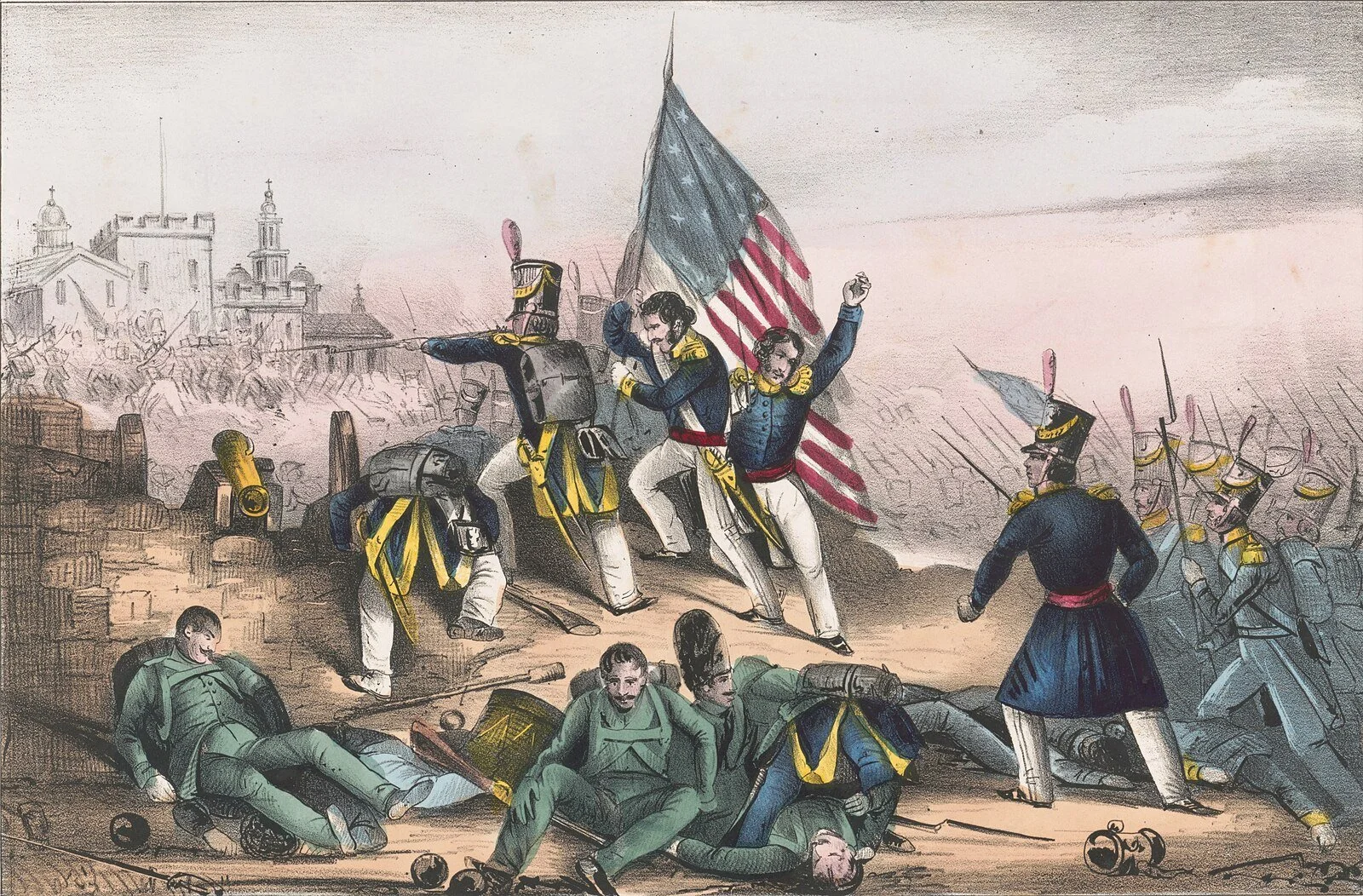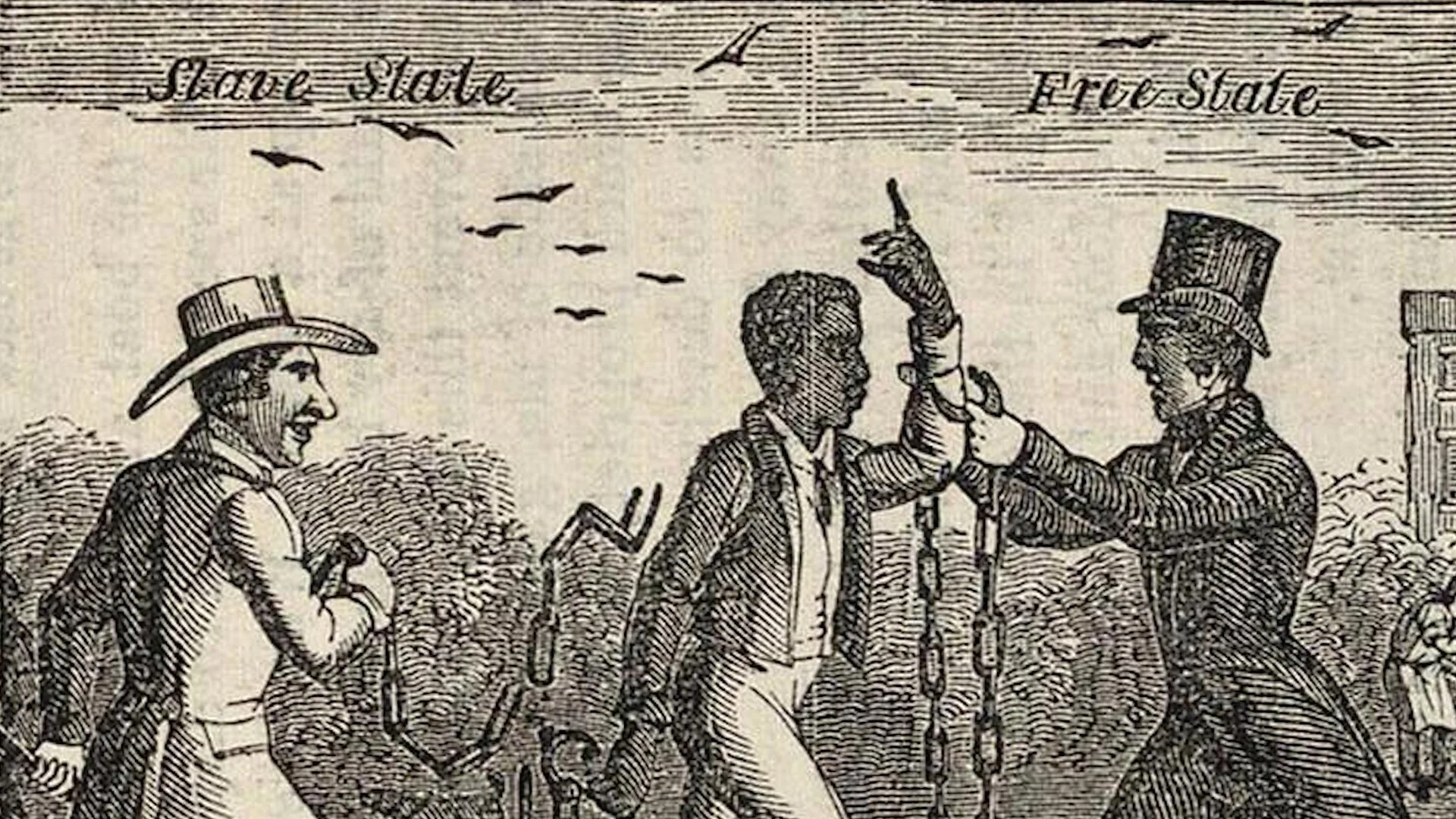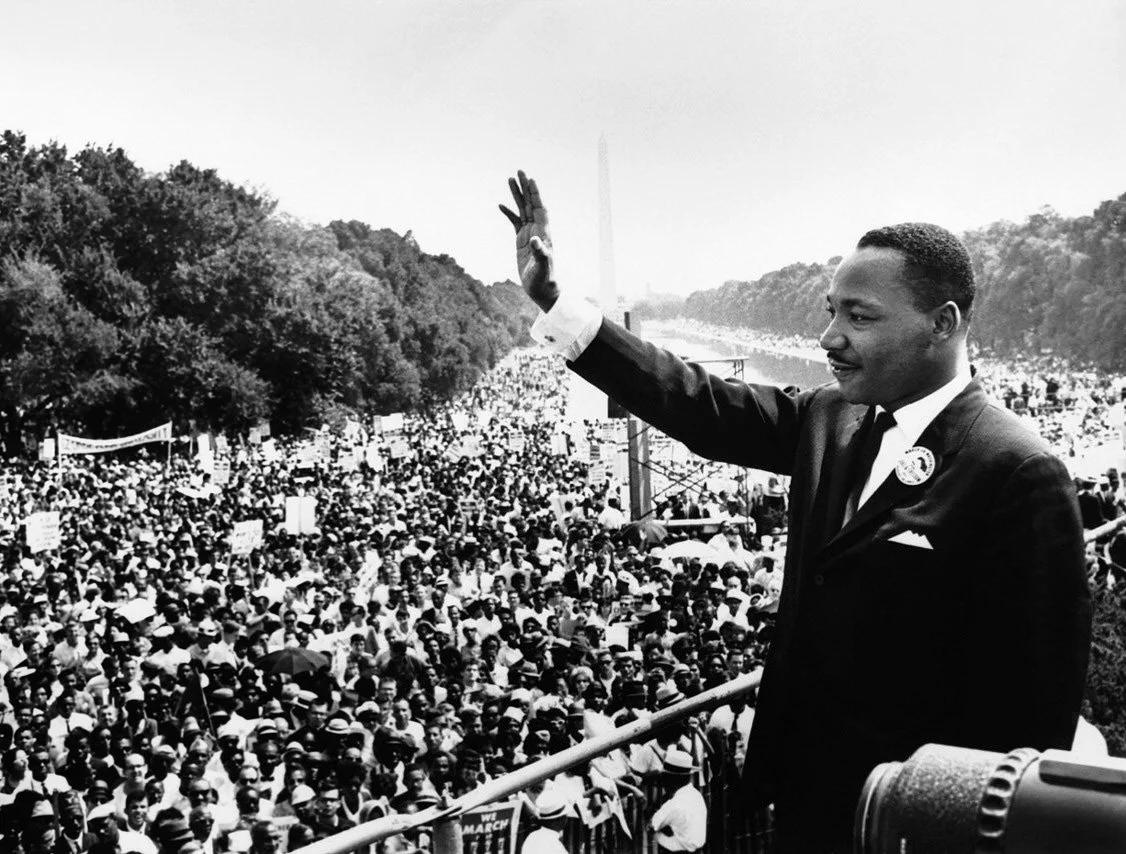



The United States engages in one of its most controversial military conflicts, resulting in one of its largest expansions of territory.

In the aftermath of the Battle of the Alamo, Texans regain momentum and defeat the Mexicans.


Presidents Andrew Jackson and Martin Van Buren carry out the Indian Removal Act, mandating that Native tribes in the Southeast move to territory west of the Mississippi.

As the American political landscape shifts, a new party rises to power.

The Roaring Twenties came to an abrupt end with the Crash of October, 1929.

The United States and the USSR come to the brink of nuclear war—and pull back.

The United States adopts a new foreign policy—one that echoes down the ages.

In 1820, Congress passed the Missouri Compromise, America’s response to the growing debate over slavery.

In 1812, our young republic went to war with the British—again. This time, the conflict led to the burning of the United States Capital.

At the Battle of Tippecanoe, U.S. and Native American forces clash in modern day Indiana.

With the 1803 case, Marbury v. Madison, the Supreme Court establishes the practice of judicial review.

In 1963, Martin Luther King Jr. delivers the most important speech of the Civil Rights Movement.

In the aftermath of the Louisiana Purchase, Meriwether Lewis and William Clark explore America’s vast new lands.

In 1803, the United States purchased from France the vast territory of Louisiana—and for a modest sum.


America’s first ally turns on her in the “XYZ Affair”.

When the new nation needed a leader, Washington answered the call.

After defeating the British in war, the Americans needed a new constitution.

British expectations are toppled at Yorktown.

As the Revolution reaches British shores, a naval hero emerges.

The winter of 1777 was bleak for the Patriots, but the spring brought new hope.



In the summer of 1776, the Americans agree to formally declare their independence from Britain.

In the century following the Battle of Lexington, artists depicted the event in various and sometimes competing ways.

To take on the British, the colonial forces needed a general and weapons.

The patriot militiamen attempt to contain the British in Boston, with bloody consequences.

War begins in earnest for Britain and her American colonists.

The American patriots join together as Britain’s rule becomes intolerable.



With a tax law in 1765, Great Britain stirs up fury and resistance in her American colonies.

Reaching all thirteen colonies, the Great Awakening established a lasting part of America's landscape.

The conflict between France and Britain reaches America with expensive results.

The colony of Maryland was intended as a refuge for Catholics in the New World.

William Penn sailed for Pennsylvania with great ambitions for a new Quaker colony in the New World.

The Puritans sail for New England to establish their "City upon a hill".


The British establish Jamestown as their first permanent settlement in America.

The first British colony in the New World, Roanoke, remains a mystery to this day.



Columbus opened up the way to one world and left his mark on America.
